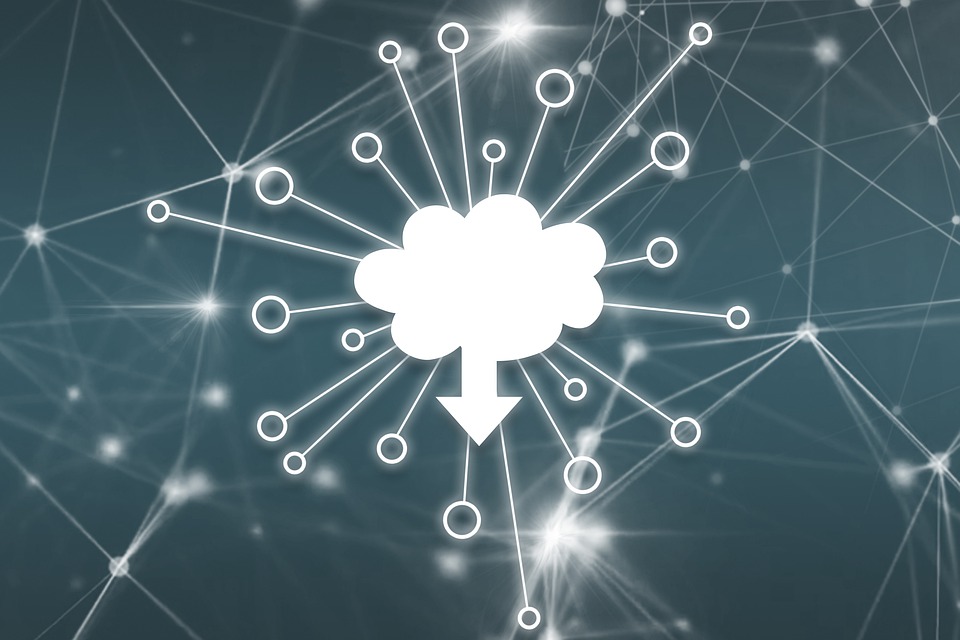
Power and IoT
The Internet of Things can now be considered a mature technology. With active devices hitting 9.5 Billion in 2019, IoT has certainly entered its golden age. Even so, IoT is still faced with numerous challenges one of them being battery life of IoT devices. Many IoT devices are powered by batteries that need to be replaced recharged quite often. This hampers the devices’ convenience and flexibility while diminishing their appeal as well. Low power wireless devices come in handy in mitigating these challenges.
Low power wireless devices
Low power wireless Devices incorporates technologies that enable them to consume lesser power without affecting their efficiency. This way they can gather and send data as required while consuming lesser power compared to other wireless devices. These technologies include;
6LowPAN
IPv6 low power wireless Personal Area Network is based on inter protocol version 6 (IPV 6) technology. It can work with a wide range of frequency bands and physical layers thus are quite versatile. 6LowPAN can also be used to communicate with multiple communication platforms like sub-1Ghz RF, Wi-Fi 802.15.4 wireless communication platforms, and Ethernet.
6LowPAN bases its working principle on the ability to deliver small IPv6 information packets to other networks through a low powered Wi-Fi network. It has self-healing abilities and is robust.
Bluetooth Low Energy
Bluetooth Low Energy (BLE) is an ultra-low power consumption wireless technology. It features microamp average current in target applications. Its key features include;
- Lightweight protocol stack
- A raw data rate of 1 Mbps
- 10M range
- Immunity from 2.4 GHz radio sources
Z-Wave
Z-Wave is a low powered RF communication technology. It is suitable for small network applications for instance smart homes. Its working principle is based on delivering small data packets in a low-latency communication approach through a low powered wireless network. Z-wave can also work well with sub 1GHz RF frequency while filtering out interference from other Wi-Fi or similar technologies. Its optimal working frequency is 900 MHz It has a range of 30 meters and transfer speeds of 9.6-100 kbps.
RF energy harvesting
This is the process of harvesting RF from broadcasting networks like TV networks, public Wi-Fi, digital cable, and cellular network. The energy harvested can be used to charge the on-board battery thus extending their lifespan.
Applications
Low Power Wireless Devices can be used in various application including;
- Consumer electronics
- Healthcare
- Smart cities
- Smart homes
Benefits of Low Power Devices in IoT
Cost reduction
IoT requires a high starting capital hence there is a need to reduce operational costs associated with it to make IoT appealing. Low power devices offer exactly that. By reducing power consumed, the frequency of battery change reduces significantly.
Maintenance
Since the batteries last a lot longer, then the need to attend to these devices with regards to battery replacement is reduced. Self-healing networks, also reduce the need to constantly reboot thus reducing the need for constant attendance to these devices.
Summary
Low powered devices are a big boost to IoT. They improve the flexibility of IoT solutions while reducing the costs associated with them. By this increase the appeal of IoT thus accelerating its absorption. They keep evolving everyday making the future of IoT even more appealing.






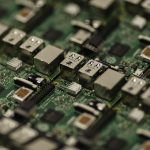
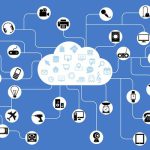
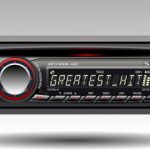
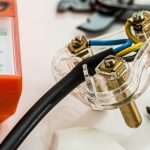
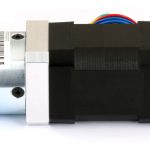
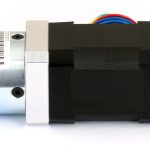
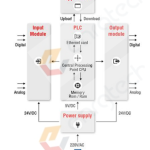
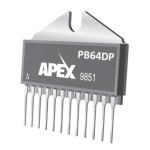

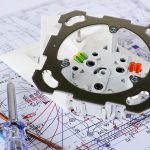




1 Comment